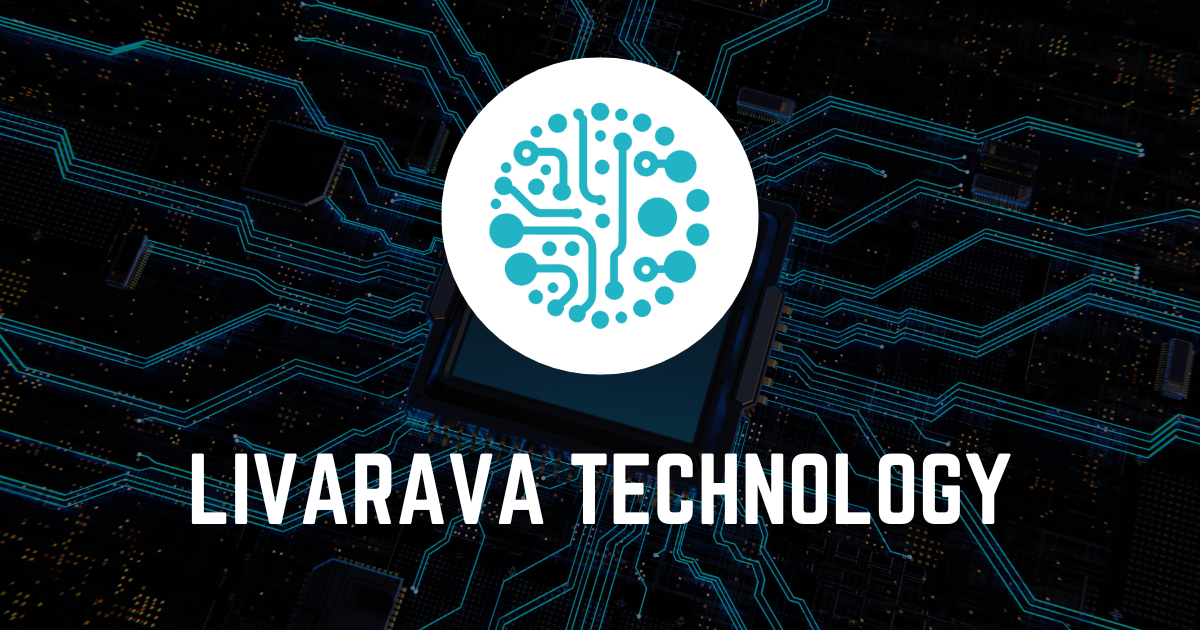The Impact of SpaceX's Enhanced Starlink Satellites on Astronomy

Introduction
SpaceX is preparing to launch a new generation of direct-to-cell Starlink satellites that are significantly brighter than previous models.
Brightness Concerns
The latest satellites are reported to be five times brighter than earlier versions, prompting concern among the astronomical community.
Potential Interference with Astronomy
- Impact on Night Sky Observations: The increase in brightness could disrupt important astronomical research and observations.
- Volume of Satellites: SpaceX plans to launch thousands of these satellites, compounding the issue.
Conclusion
While advancements like Starlink are paving the way for improved communication technology, they also pose significant challenges to the field of astronomy.
This article was prepared using information from open sources in accordance with the principles of Ethical Policy. The editorial team is not responsible for absolute accuracy, as it relies on data from the sources referenced.